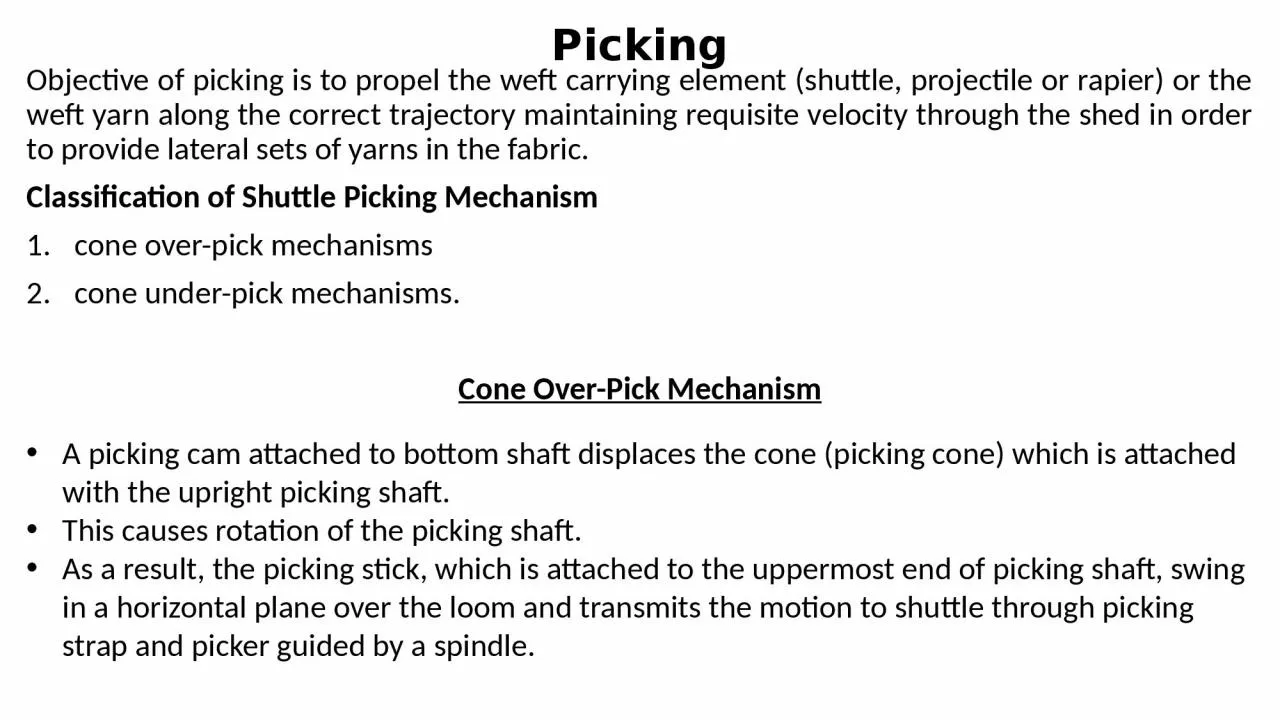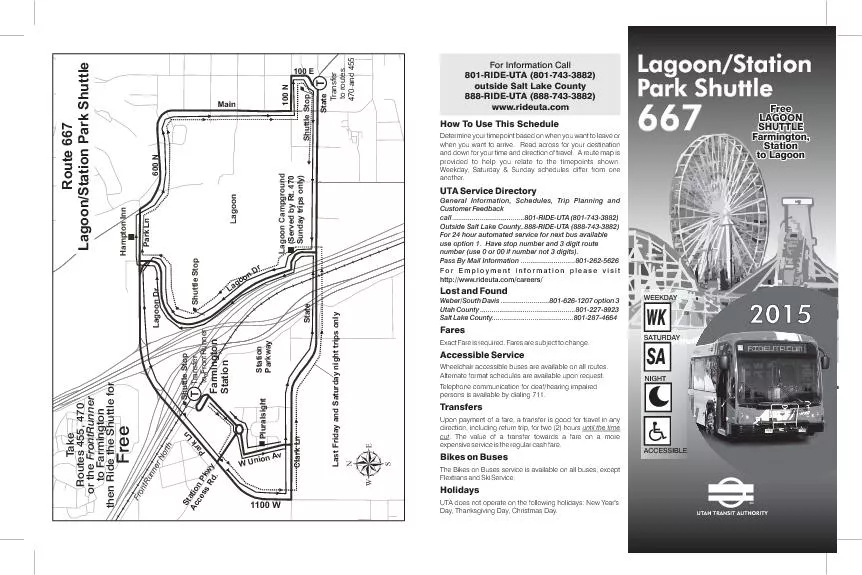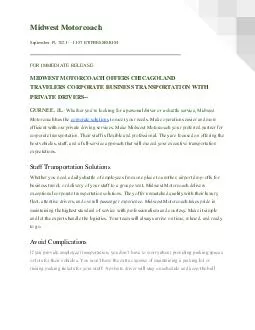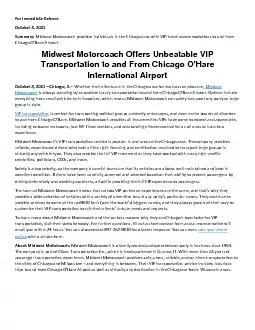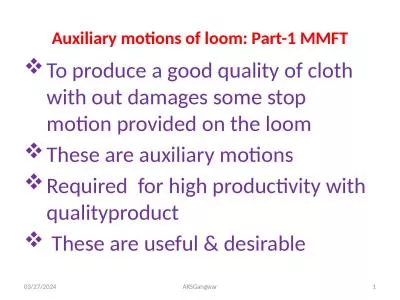PPT-Picking Objective of picking is to propel the weft carrying element (shuttle, projectile
Author : BlueberryBelle | Published Date : 2022-07-28
Classification of Shuttle Picking Mechanism cone overpick mechanisms cone underpick mechanisms Cone OverPick Mechanism A picking cam attached to bottom shaft
Presentation Embed Code
Download Presentation
Download Presentation The PPT/PDF document "Picking Objective of picking is to prope..." is the property of its rightful owner. Permission is granted to download and print the materials on this website for personal, non-commercial use only, and to display it on your personal computer provided you do not modify the materials and that you retain all copyright notices contained in the materials. By downloading content from our website, you accept the terms of this agreement.
Picking Objective of picking is to propel the weft carrying element (shuttle, projectile: Transcript
Download Rules Of Document
"Picking Objective of picking is to propel the weft carrying element (shuttle, projectile"The content belongs to its owner. You may download and print it for personal use, without modification, and keep all copyright notices. By downloading, you agree to these terms.
Related Documents

